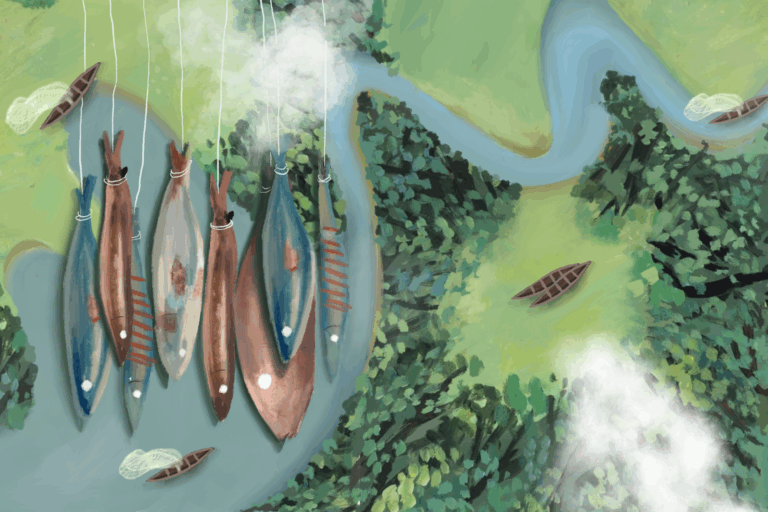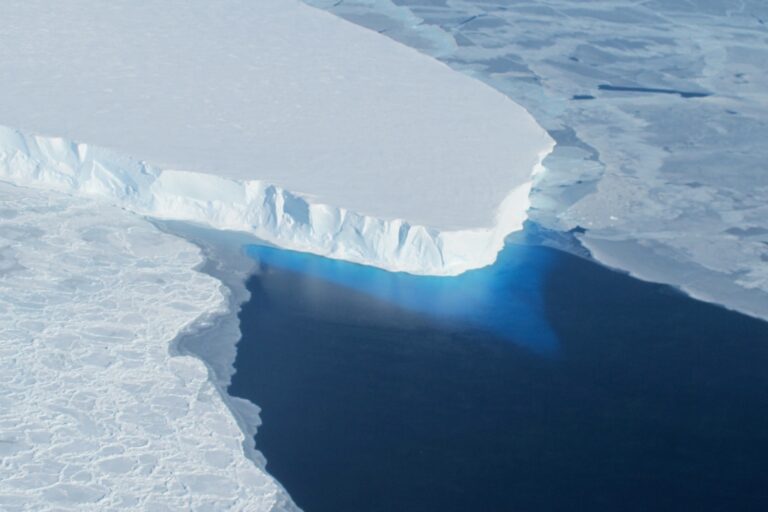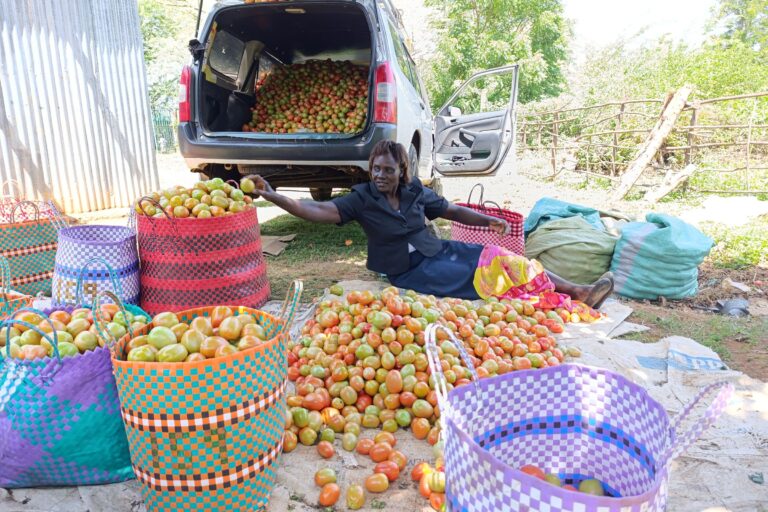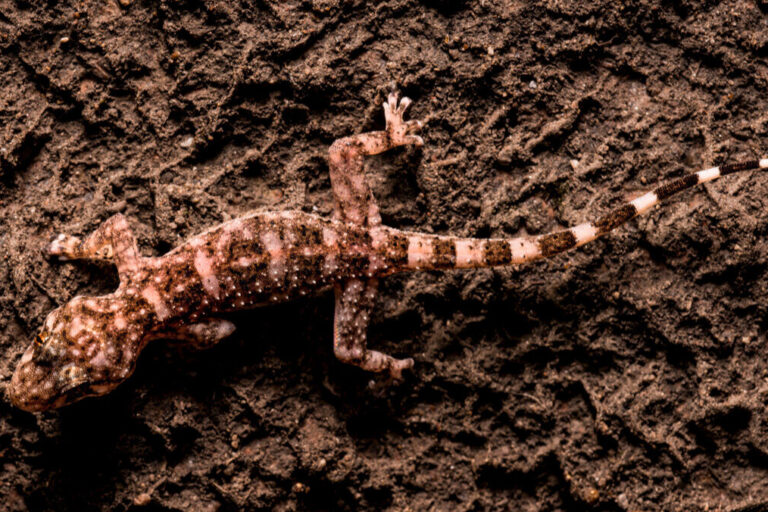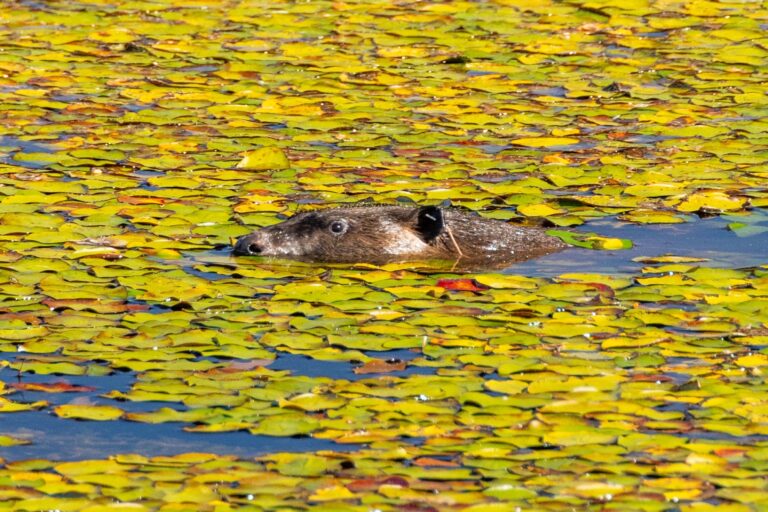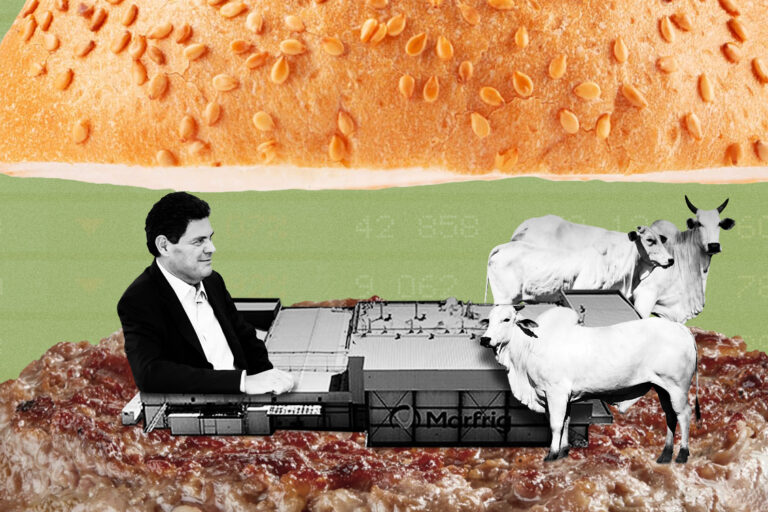- Henry Mance’s debut book, “How to Love Animals: In a Human-Shaped World,” considers humanity’s complex relationship with animals in terms of the food we put on our plates and the activities we partake in that directly affects animals’ lives.
- Much of the book explores the troubled relationship between humans and animals, but it also looks at the positive aspects of the human-animal relationship that manifests in our treatment of pets.
- The author grapples with some difficult questions, such as whether hunting can actually be an ethical activity and whether zoos have conservation value.
- He concludes that animals should be treated with more respect and kindness than we currently give them, and that we should look for ways to redefine our relationship with animalkind, not only for ethical reasons but for environmental reasons as well.
Many of us love animals. At least, we think we do. We may serve our cats gourmet food and let them sleep in our beds. We may buy our dogs expensive squeaky toys and take them on vacations with us. But the love we have for our pets doesn’t always translate to the pigs, chickens and fish that end up on our plates, or the cows used to make our shoes or belts. Why is this?
The book How to Love Animals in a Human-Shaped World by British writer Henry Mance explores this conundrum: Why do we love some animals but not others? The first chapter takes a hard look at one of the most obvious places for humanity’s strained relationship with animals: factory farms. Mance, who converted from vegetarianism to veganism while writing the book, got a job at an abattoir to learn the true reality of what it takes for meat, milk and eggs to end up on our dinner tables. “[O]ccasionally I would look up and see animals being killed, and I would just think, ‘Why do we think this is necessary?’” Mance told Mongabay. “If this were essential for human culture to exist, then maybe there is a justification. But what I realized at the abattoir is … how much power we have over other animals’ lives and how unthinkingly we wield it.” Mance also briefly worked at a “good pig farm” to see if the argument of only buying “good meat” stands up to scrutiny. But after scooping up dead piglets from straw-filled sheds, he concluded that it really doesn’t.

Despite the book’s title, much of the text illustrates a very troubled, unloving relationship between humans and animals, not only in the livestock and fishing sectors, but in our treatment of captive animals in laboratories and zoos and our encroachment on the natural world. Other parts look at what might seem to be more positive aspects of the human-animal relationship, such as our love of dogs. But even here, there is a dark side in the way we overbreed our canine companions to have certain looks or personality traits.
Mance grapples with some tough questions in his book. For instance, he questions whether hunting has any kind of conservation value. He describes a deer hunting expedition in England that he didn’t enjoy, noting how “pathetic it is to pull the trigger.” Yet he concedes that hunting, at least in some cases, may be able to protect land and wild animal populations. “If anyone wants to stop wasteful killing for pleasure, they should focus on farming,” he writes. He also delves into the argument that zoos can help sustain and regenerate populations of wild animals that cannot easily survive in the wild. While zoos have been able to successfully breed and reintroduce species such as the California condor (Gymnogyps californianus), he suggests that zoos are likely doing more harm than good, and all in all, they’re focused more on humans than on animals.
Another part of the book challenges the reader to consider the way we objectify fish and other sea creatures, rather than seeing them as individual animals that feel pain and share many of the same genes as humans. “Some animals are dehumanised; fish are de-animalised,” Mance writes. This de-animalising process is epitomized in the way we kill them — often bluntly and without pain relief. Not only that, but the fishing industry only counts dead fish by weight, while an abattoir will at least count killed animals by number, he notes.

Mance has a clear view that animals should be treated with more respect and kindness than we currently give them, but he doesn’t come to this conclusion lightly. Besides throwing himself into abattoirs and hunting expeditions, he gathers as much information as he can from a rich array of sources and speaks to many experts to understand the full picture. At one point, he nibbles on a pork chop to see what it is he’s missing out on as a vegetarian. But when the taste leaves his mouth after a few seconds, he realizes that eating meat isn’t worth it. “Is that what we do all this for?” he writes. “That was the last time I ate meat, and I have never regretted leaving it behind.”
Embedded in the book’s pages is the personal challenge to understand our own relationship with animals. Do we really love animals the way we say we do? Are we doing enough to protect the animals we profess to love? “This book is mostly about what we’ve got wrong,” Mance writes. “But I hope for a future where humans recognise what they share with animals — where we put less effort into owning animals, and more into accommodating them alongside us.”
How to Love Animals was published by Penguin Random House in the U.S. on July 13. This is the author’s first book.
Mongabay spoke to Mance the day before his book’s U.S. launch. This interview has been edited for length and clarity.
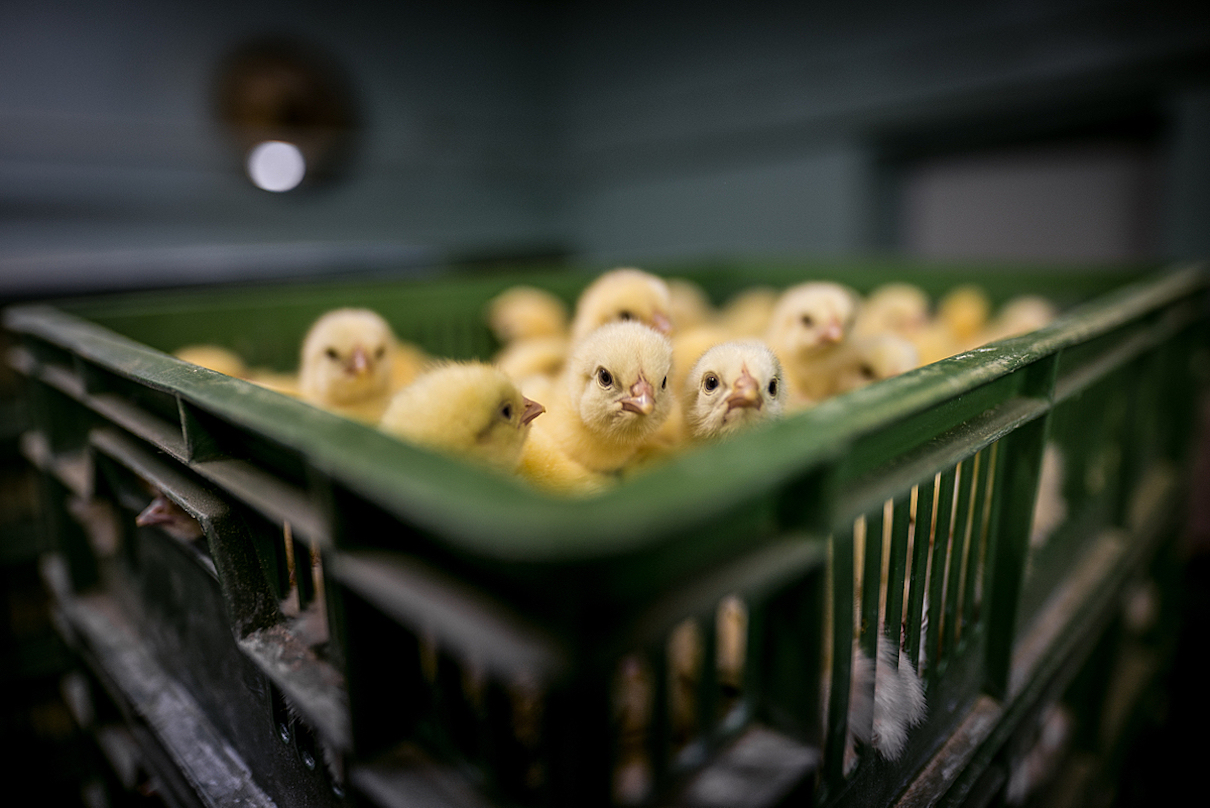
Mongabay: At what point in your career did you realize that you wanted to write a book about animals?
Henry Mance: I think I’d always envisaged writing a book about climate change, but the story of climate change is so difficult to tell in a vivid, narrative way. Then I realized that people warm to animals. If there’s a film, they remember the animal. If there’s a book, they remember the animal. If there’s a cat video, they share it. What I hoped was that animals [could be] a thread you could pull on, which when people realize the implications of their love for animals that they would be open to messages around climate change and conservation.
The first article I wrote about animals was for the Financial Times when I was a junior journalist. The Financial Times had divided up all the different specialties — oil and finance and whatever and everyone had their little beat — but nobody had animals. I sat next to a vet who said that being a vet was tough because pets were living too long and she was having to deal with lots of old pets, and I saw old pets as a niche that as a journalist I could grab onto and write about it. So I wrote a piece about how pets were living longer and briefly found Britain’s oldest dog, who unfortunately passed away before publication. Animals were a topic that we cared very strongly about, but were not captured in traditional journalism beats [at the time]. Now, of course, you get huge amounts of coverage in The Guardian, The Washington Post, The New York Times.
This book is a combination of lots of interests I’ve had through the years. The book Sapiens [by Yuval Noah Harari] was very important to me. Having kids was very important to me as a way of bringing animals back into my life and making me realize that we were giving our kids a false image of our relationship with animals.
Mongabay: Yes, you mentioned in the introduction that your daughters influenced your thinking about animals. Can you tell me about that?
Henry Mance: It really struck me that when my children were born, suddenly the house was full of images of animals — in storybooks and cartoons and toys. And I was like, Wow, I’m teaching my kids that animals are beautiful and that they should care for them. And implicitly I’m teaching them that we understand how to deal with animals, and how to treat them and we found a place for them in our society. If I’m filling my daughter’s bedroom with animal teddies, then surely we’re not denuding the world of those same animals. And so I realized that as I was reading these stories about pandas playing in the park and farmers having beautiful small farms, that this was a delusion, a falsehood. If I’m going to bring my daughters into this world full of animals … I would also like to give them an ethic, an ethos, by which they can feel comfortable and feel confident that their love for animals actually means something.

Mongabay: So the title of your book is How to Love Animals, but the majority of it talks about our very troubled relationship with animals. Do you think recognizing this troubled relationship is an important step in learning how to love animals?
Henry Mance: The book is called How to Love Animals just because I think people use it almost as a verbal tic. I’ve got clips of everyone from Tucker Carlson on Fox News to Beyonce saying that they love particular animals as almost a way of saying, ‘I’m not a bad person.’ I became quite fixated on this idea of, what do they mean that they love animals? If I say I love a person, then it implies some commitment, it implies some action as well. I can’t just say, ‘Oh, I love you,’ and then not do the washing up, or not send you a birthday card or a birthday present. And so, How to Love Animals is trying to build on people’s self-declaration of being animal lovers. I think it is really important to recognize that sharing cat videos does not make life better for cats, and sharing elephant videos does not make life better automatically for elephants. Just putting them on a pedestal is not enough, unless you also put the conditions and the resources behind that. And I wanted to get people to realize that they may have three or four pets in their lifetime, but they will kill, through their diet, tens, hundreds, probably thousands, of animals over the course of their life. Obviously, our patterns of consumption also make life difficult for a large number of wild animals. [It’s important to think] about, ‘what is your real footprint on the animal world?’ Is it just the cat that you have, or is it all the food chain that’s involved in your diet and the cat’s diet and then in your consumption patterns?
Mongabay: Why do you think humanity has such a flawed relationship with animals?
Henry Mance: I think it’s various things. We’re very good as a species at holding two or more contradictory ideas in our head at the same time. I think we also are very good at not questioning practices which are perceived as normal or perceived as traditional. We’re also very good at turning a blind eye to the reality of modern farming. There’s a poll of Americans, done by the Sentience Institute [where they] ask people, ‘Would they like to ban slaughterhouses,’ and more than 40% say yes. Yet 5% or fewer of the population are vegetarian, so it doesn’t add up. In theory, people reject animal farming and particularly they reject factory farming, by a large proportion. In practice, we don’t make that step … because there’s no social pressure around it and very few people think you’re a bad person for eating meat. You’re not asked as a child whether you want to eat meat — you’re just given it, and your parents have made that decision for you.
I think we also need to recognize that we eat far more meat than previous generations did, we have built factory farms to make that possible, which do not align with our values, and will make life worse for us in terms of emissions, in terms of land use, in terms of the risk of pandemics. I’m really hopeful that, although we’ve done very well at deluding ourselves up to now, that we will start to question, more broadly, our relationship with animals and that we are at an inflection point. Although our relationship with animals is complex and as you said, ‘troubled,’ it’s also changing. The way we treat horses has changed. We no longer think it’s fine to drag them around the streets, and keep them in very bad conditions. The way we keep dogs has changed. Greyhound racing is basically falling off the map because people don’t really want to see dogs be kept in bad conditions. We keep rabbits now as pets rather than for food. And so there is transition, there is change.

Mongabay: In the book you identify yourself as an “animal-loving vegan,” but you also did research by working in an abattoir. Was that a difficult thing to do?
Henry Mance: I felt I should see the horror. I felt I should see the worst part of our relationship with animals. To be honest, I wasn’t sure what would happen when I went to an abattoir and asked for a job. What actually happened was, I was just given a pair of Wellington boots and some overalls and put on the production line. The next minute I was tearing the skins from sheep and blowtorching pigs. It was a slight surprise to me that it was so easy to get work at an abattoir, although that’s kind of revealing in its own way. When you’re on a production line, it is so noisy and smelly and fast, and the risk of losing a finger is so strong that you’re kind of focused on that. But occasionally I would look up and see animals being killed, and I would just think, ‘Why do we think this is necessary?’ If this were essential for human culture to exist, then maybe there is a justification. But what I realized at the abattoir is … how much power we have over other animals’ lives and how unthinkingly we wield it. It really made me want to reflect on whether it’s necessary. My view is that it’s not necessary.
Mongabay: Were there other challenging parts to writing this book?
Henry Mance: I worked on a good pig farm, and it was challenging for me to separate what were the very good intentions of a farmer from what I found as the unacceptable reality of life for his pigs. I pulled suffocated piglets from the straw in sheds, and, yeah, I found that pretty hard. I also went on a driven hunt, which means that you effectively chase the animals into the line of the guns. I think there is an ecological rationale for hunting — that it puts a value on those animals, and puts a value on the natural world or at least forests. But still, I think taking the decision to actually push those animals — who are living their own lives with their own offspring and making their own decisions — into the lines of a near-certain death … I found that difficult. But I think it is important to wrestle with hard cases.
There are other issues where it is just simply difficult to find the right answer, such as what do you do about invasive species? Do you take risks relocating species because of climate change? How do you deal with the suffering of wild animals? These are tricky ethical and philosophical questions, and so when I thought about these, I really wrestled with them.
Mongabay: How can each person turn the lens on themselves to try and understand our relationship with animals?
Henry Mance: A pet is a really good place to start because you’re likely to love that pet, see them as an individual, see them as having personality, see their life as having value, and their needs as having value. And also, understanding that their needs aren’t just limited to a bit of food or a bit of grass to lie on. If you then compare the life your pet has to the life that some farm animals have — animals with similar cognitive abilities like pigs, and also animals with complex social relationships like cows — then I think you can really start to see the problems with farming.
One projection by the World Resources Institute is that if demand for meat continues, as it’s forecast to do around the world, we’ll need an area almost equivalent to twice the size of India by 2050 for cropland and pasture land. What that means is that there’ll be less space for wild animals. So if you love lions, if you love tigers, if you love elephants, just think about how many you really expect to be there in 20, 30 years.
I went watching puffins off the northeast of England. Puffins are beautiful birds and much less elegant than you would think. So they’re sort of hilarious as they fly back in against high wind into their burrows. And I love photographing them because they’ve always got the most beautiful colors, and they don’t seem to be too perturbed by human presence. On the way back, a kid on the same boat on the same tour said, ‘I love the puffins.’ And it really hit me that I loved puffins, too, but I wasn’t really doing anything to make their life better. Why wasn’t I trying to improve their lives or improve their survival chances? I really think if you love the animals you see on nature documentaries or on safaris, then just think about how much you’re doing to protect their numbers and protect their lives.

Mongabay: Did your own relationship with animals or your thinking about animals change over the course of writing the book?
Henry Mance: Yes, I was a vegetarian, and now I’m a vegan. And I’ve come to see vegetarianism as a sort of well-meaning halfway house that doesn’t really solve any of the problems it claims to address. Like if you’re worried about eating meat because farm animals are kept in poor conditions, then why doesn’t that apply to dairy cows who are often kept in worse conditions than beef cows, and who are regularly impregnated, separated from their calves, and who are bred to be really quite unhealthy? Likewise, chickens are kept in bad conditions. So yes, I changed from being a vegetarian to a vegan. I changed my views on hunting. And zoos are another thing I changed my mind about.
Mongabay: How did your view on zoos change?
Henry Mance: I thought there was something wrong with me for not enjoying zoos — and then I realized there was something wrong with the environment of zoos. It’s not a beautiful setting. And I tend to realize that watching frogs in my pond … is a more beautiful environment because you have animals actually in charge of their own lives. And I think that’s what’s so difficult about a zoo is that animals are not in charge of their own lives, and they’re not able to make choices which will make their lives meaningful.
Mongabay: In the book, you talk about how the animal rights movements and the conservation movements should be more aligned. Why is this?
Henry Mance: When I speak to conservationists, they are very skeptical about animal rights. And when I speak to animal rights people, they’re often very skeptical about conservation — they’re much more concerned about specific cases of abuse. This is a historical divide and it’s an organizational divide. But if you understand that the expansion of agriculture and livestock is one of the major threats to wild animal life, then you see this enormous possibility for convergence between animal activists and conservationists. Animal activists would be much quicker to realize the problems with livestock farming than conservationists. And meanwhile, conservationists, I think, have a lot to teach animal activists about what really threatens animal populations, how to involve local communities, why there is a role for hunting. Together this could be a much more pragmatic movement which looks at specific outcomes.

Mongabay: Your book also looks at how we tend to view fish differently than land animals, even though fish are animals as well.
Hency Mance: I think it is really hard to remember they’re part of the same conversation. We’ve neglected the oceans in lots of ways in terms of how much of the ocean we’ve designated as protected areas … and then what those protected areas mean. In some of them, you’re still allowed to fish, which very often defeats the point.
I went up to a fishmonger the other day, and I asked, ‘Just out of interest, you know, how are your fish killed?’ And he said, ‘Oh, yeah. Many of them are just left to suffocate on the ice. It’s not a particularly good death.’ And it struck me as really interesting [because] a butcher would never admit that their animals didn’t have a good death because that would just simply be off-putting to the customers — they would pretend that there was some great process, and you could just click your fingers and the animals died, and they were happy to die. They lived a good life, etc. But with fish, the customers are not asking and the fishmongers, I don’t think, are pretending that fish are killed in a humane way.
I certainly think that fish welfare is a conversation which has been far behind other forms of animal welfare, and that’s because the science hasn’t been as conclusive. And obviously, it’s harder to empathize with a fish, but we are getting there. Britain is looking at greater protection for lobsters and octopuses.
Mongabay: Looking at humanity’s history with animals, do you think we have the capacity to change and redefine our relationship with animals?
Henry Mance: Yes, definitely, because we’ve done it on an individual level. Some of the horrific ways we treated animals — killing them for fun, using them for transport and for burden — these things are no longer accepted in Western countries. Only a few hundred years ago, there was the idea that animals were sculpted by God in a way to serve man, that they had been specifically designed in this way to have meat or to be ridden or whatever. I mean, that’s a hilarious idea now, but it did exist. And so clearly we’ve moved quite far from the direction. If you ask people whether fish feel pain, they say yes. If you ask people whether animals should have the same rights as humans, a surprising number of Americans will say yes. So I think … we are in a very good position to eliminate the most cruel practices in the West, to eliminate the worst pieces of factory farming. We just need to have the confidence to keep pushing it, and to ban some of these methods, and to make factory farms pay for their true costs.
What I have a much greater doubt on is whether we will find a way of shrinking our footprint. Fundamentally, as we’ve gotten richer, and we’ve gotten richer with every generation, we’ve used more and more resources, and the idea of dematerializing our economy has not quite worked. And ultimately, the resources we use, very often, come at the expense of other animals. As I say in my book, a true environmental ethic and animal-loving ethic is sometimes not just to take a reusable bag to the shops — it’s not to go to the shops in the first place. And I think that’s a really hard message for us. Can we accept having fewer things than we have now? Can we find pleasure and joy outside of the material world, and in doing so protect wild spaces and forests and oceans? Hopefully, but I’m not so optimistic.

Mongabay: Are there things that you are hopeful about?
Henry Mance: Even five years ago, I thought that veganism was a radical sect that I didn’t want to be part of, and my wife told me a couple of years ago that it was divorceable. And now I’m a vegan and I’m still married, and I’m very happy about that. And I get hope every time I invite friends around for dinner, and they have vegan food and say it’s nice, and also say they’re trying to cut back on meat. And some of them say they hardly ever eat meat or say that they are changing their diet. So all these things make me very optimistic about the direction of travel. If you look at the history of smoking, and look at how it went from being a majority pursuit among adults to being very fringe. And I think that meat and dairy could go the same direction if we are clear about the health impacts, and if we’re brave.
Greta Thunberg talks about going vegan as a way of reducing some of her anxiety, and it gave her … a feeling of control. And I think also a feeling of legitimacy that you are then able to call for changes. If you do change your diet, or change where you go on holidays to reduce your carbon emissions, then you’ll be surprised about how many conversations that strikes up, and how many changes that causes among your acquaintances and your family or friends that can then propel you toward calling for political change, which, of course, is ultimately what we need.
Correction (19/7/2021): This story was amended to correctly state that the book was launched in the U.S. on July 13.
Banner image caption: An abandoned puppy found on the streets of Phuket is brought in for sterilization. Image by Justin Mott / Kindred Guardians Project / We
Animals Media.
Elizabeth Claire Alberts is a staff writer for Mongabay. Follow her on Twitter @ECAlberts.
FEEDBACK: Use this form to send a message to the author of this post. If you want to post a public comment, you can do that at the bottom of the page.







